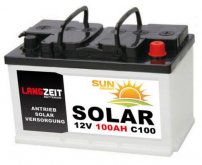rin67630
Solar Enthusiast
I have bought such a battery and gets the impression that the advertised capacity was badly exaggerated.
Is the ratio Weight/Capacity of such a battery realistic?
Is the ratio Weight/Capacity of such a battery realistic?




